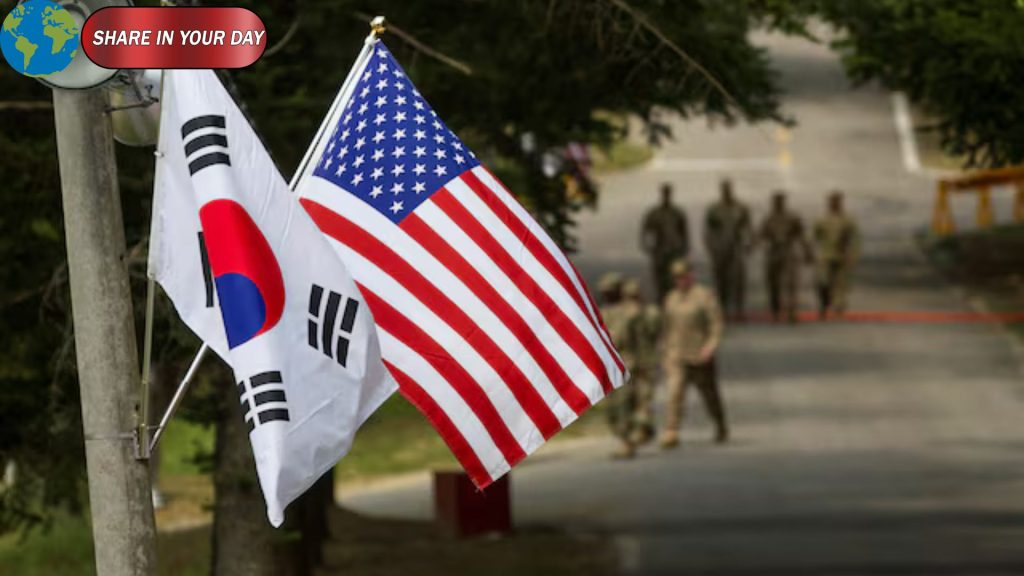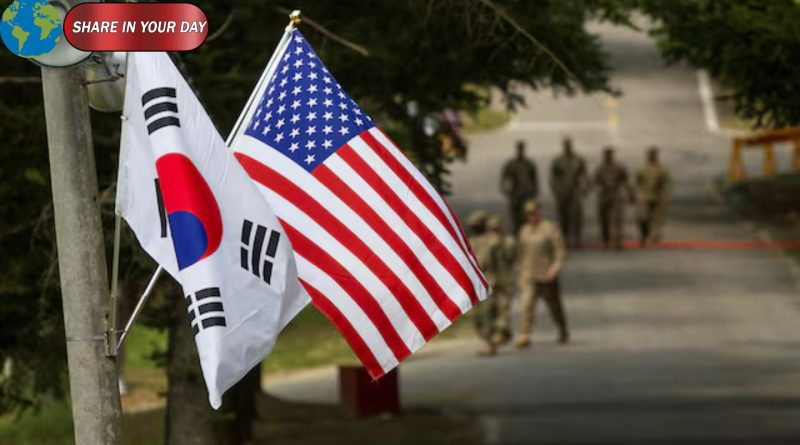South Korea Charts Strategic Path Amid US-China Trade Tensions
Yeo Han‑koo, South Korea’s minister for trade, has laid out a carefully calibrated approach as his country finds itself wedged between the economic pressures of its two largest trading partners, the United States and the People’s Republic of China.
In comments to Reuters ahead of the upcoming Asia‑Pacific Economic Cooperation summit (APEC), Yeo emphasised three key pillars of Seoul’s strategy: deepen cooperation with the U.S., stabilise supply-chain relations with China, and diversify trade partners beyond the two economic super-powers.
Deepening U.S. Ties
South Korea, long a military ally of the U.S., is seeking to expand economic engagement with Washington across areas such as semiconductors, batteries, biotechnology, ship-building and nuclear energy.Yeo noted that while a formal trade deal with the U.S. remains uncertain, the focus is less on timing and more on securing a “mutually beneficial deal that best serves our national interest”.
Steadying China Relations
At the same time, Korea recognises the importance of maintaining stable and strategic ties with China, especially given the complexity of supply chains and China’s role in them. Yeo described multi-layered communication with Beijing as essential to stabilise regional supply chains.
Diversifying Trade Partners
Perhaps most tellingly, the minister stressed that Korea must reduce reliance on any single country — be that the U.S. or China — and expand trade networks to emerging markets in the Global South. Discussions are already underway with countries like Bangladesh and Pakistan, and deeper cooperation is planned with Southeast Asia.
Why This Matters
The global stage is shifting. U.S.–China trade tensions are reshaping supply-chains, investment flows and broader geopolitical alignments. For economies like Korea’s — technically smaller but highly trade-dependent — the challenge is how to remain competitive, independent and resilient. A misstep could mean exposure to tariffs, sanctions or supply-chain disruption.
By articulating a tripartite strategy, Seoul aims to position itself not as a passive bystander but as a proactive actor with agency — balancing major powers while seeking new trade avenues. In a region where few countries can afford to choose sides, Korea appears intent on staying in the middle of the lane.
What to Watch
- Whether Korea and the U.S. succeed in finalising a trade agreement — timing remains uncertain despite ongoing talks.
- How China responds to Korea’s diversification efforts — especially in sectors where China and Korea overlap.
- The progress of Korea’s trade outreach to emerging economies — success may hinge on whether Korea can leverage its technology and manufacturing strengths in those markets.
- How supply-chain resilience evolves in key industries (e.g., semiconductors, batteries) given escalating geopolitical competition.





